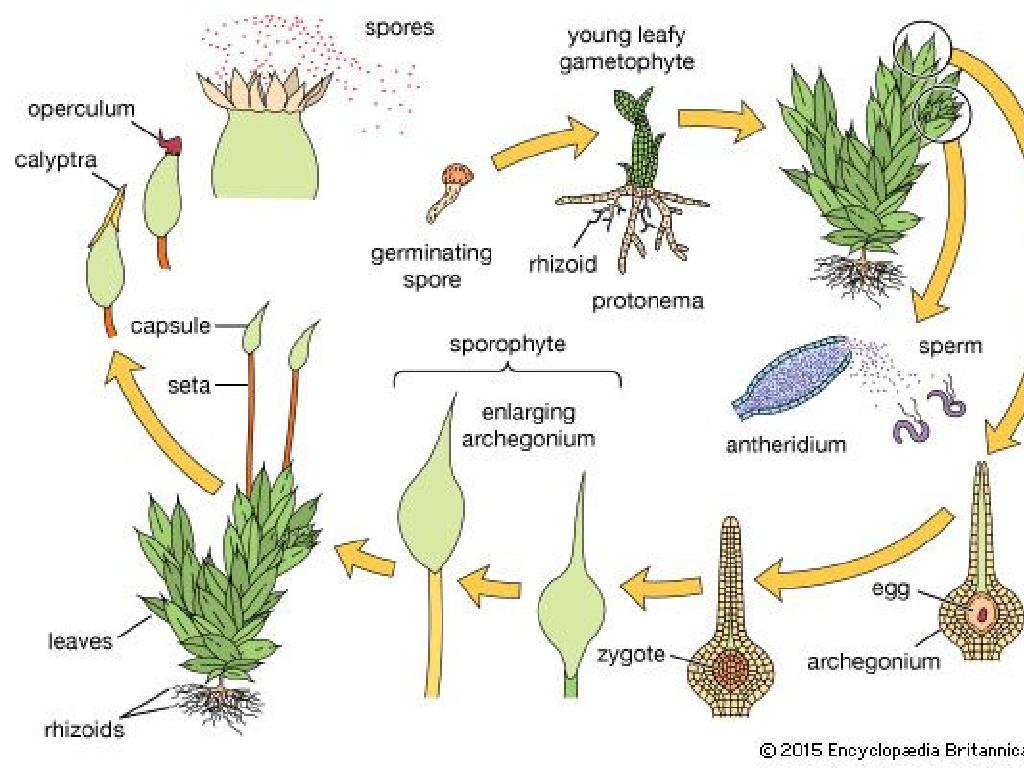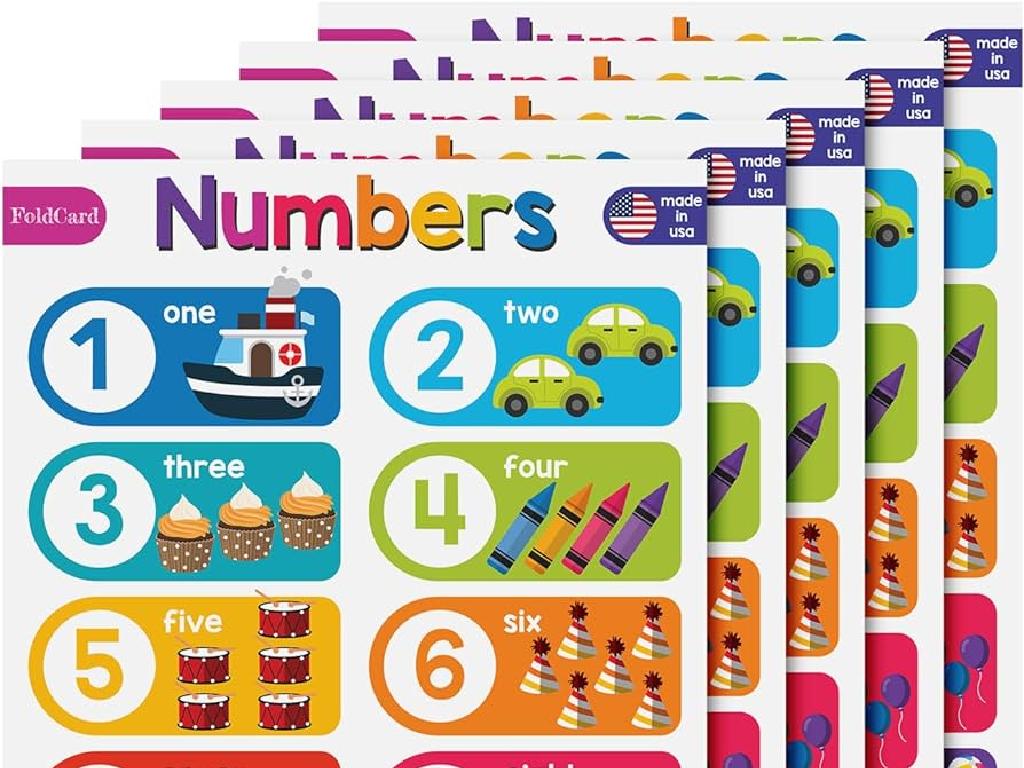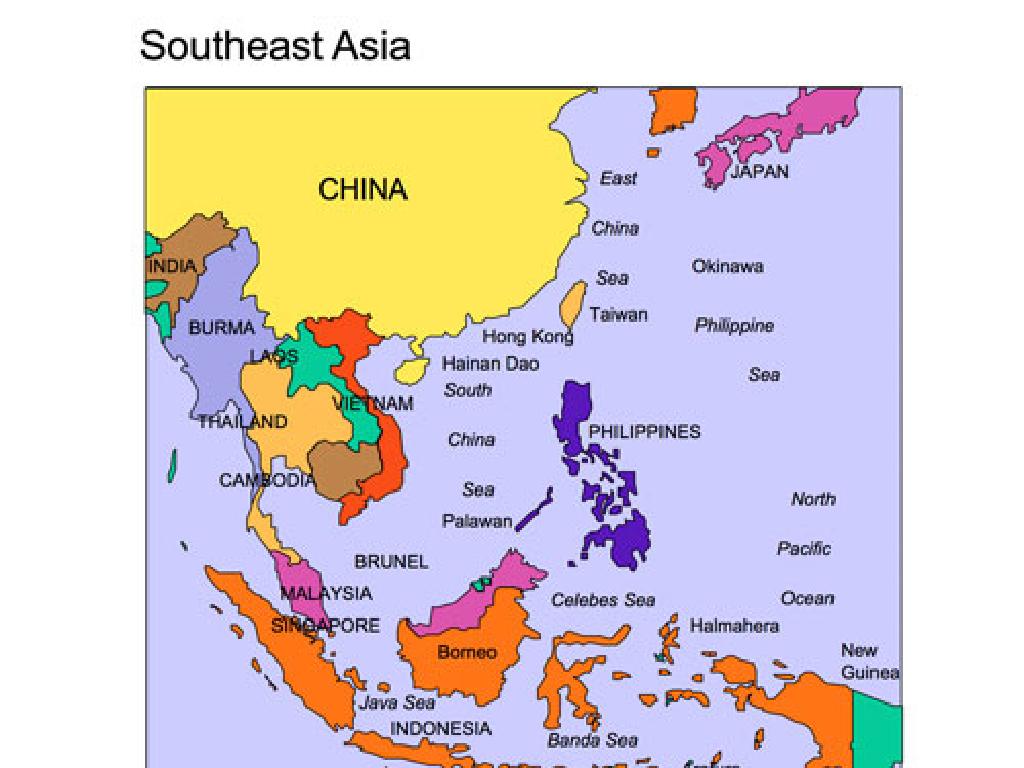Trade And Specialization
Subject: Social studies
Grade: Eighth grade
Topic: Basic Economic Principles
Please LOG IN to download the presentation. Access is available to registered users only.
View More Content
Exploring Trade and Specialization
– Understanding economic principles
– Defining trade in economics
– Exchange of goods/services between people or entities
– Explaining specialization
– Focusing on a narrow range of products/services
– Significance of trade and specialization
– They lead to efficiency and economic interdependence
|
This slide introduces students to the foundational concepts of trade and specialization within the context of basic economic principles. Begin by discussing the broader economic principles that govern how societies manage limited resources. Then, define trade as the voluntary exchange of goods and services between two or more parties. Specialization is explained as the concentration of the productive efforts of individuals or entities on a limited number of activities, leading to greater efficiency. Emphasize the importance of trade and specialization in economics, highlighting how they contribute to increased productivity, better quality goods and services, and overall economic growth. Encourage students to think of examples in their daily lives where trade and specialization occur, such as local businesses focusing on specific products or services.
The Concept of Trade
– Understanding trade exchanges
– Trade involves swapping goods or services.
– Exploring the barter system
– Barter is trade without cash, like trading a toy for a book.
– Domestic vs. International trade
– Domestic trade happens within a country; international is between countries.
– Benefits: Variety, Efficiency, Innovation
– Trade leads to more choices, better use of resources, and new ideas.
|
This slide introduces students to the fundamental concept of trade, which is the foundation of economic systems. Begin by explaining trade as the exchange of goods and services between parties. Discuss the barter system as the earliest form of trade, where money isn’t used, and goods or services are directly exchanged. Contrast domestic trade, which occurs within a country’s borders, with international trade between different countries. Highlight the benefits of trade, such as increased variety of goods, improved efficiency in production, and the spur of innovation due to competitive markets. Use relatable examples to help students understand these concepts, such as trading cards or video games among friends as a form of barter.
Specialization in Economics
– Define Specialization
Focus on a specific task or production to increase efficiency.
– Specialization fosters expertise
Through repetition, workers become experts, improving quality and speed.
– Division of Labor benefits
Assigning specific tasks to individuals enhances overall productivity.
– Global Specialization examples
Countries focus on industries where they have an advantage, like Japan in electronics.
|
Specialization is a fundamental concept in economics where individuals or groups focus on a narrow area of production to gain greater efficiency and productivity. By concentrating on a specific task, workers can develop a higher level of expertise, leading to faster and more quality production. The division of labor is a related concept where different workers perform different tasks, which collectively leads to more efficient production. Provide examples such as Japan’s specialization in electronics and Switzerland’s in watch-making to illustrate how specialization operates on a global scale. Encourage students to think of how specialization might apply to their own lives or local businesses.
Interdependence and Trade in Economics
– Specialization fosters interdependence
– When regions focus on specific goods, they rely on others for different needs.
– Understanding trade-offs and opportunity costs
– Choosing one option involves sacrificing the alternative: the cost of the next best thing.
– Comparative advantage in production
– Producing what we’re best at minimizes costs and maximizes efficiency.
– Global trade: Electronics market case study
– Consider how different countries contribute to making a single smartphone.
|
This slide introduces the concept of interdependence in the global economy, emphasizing how specialization in certain goods or services leads to a reliance on trade with others. It’s crucial to discuss trade-offs and opportunity costs, as these are the fundamental decisions behind economic transactions. Comparative advantage is a key principle that explains why it’s beneficial for parties to produce goods where they have efficiency and then trade. Use the example of the global electronics market to illustrate these concepts, showing how various components of electronics like smartphones are sourced from different countries, each specializing in what they produce best. Encourage students to think about the origin of the devices they use every day and how international trade makes them possible.
Trade Barriers and Agreements
– Understanding Trade Barriers
– Obstacles that restrict free trade between nations
– Exploring Types: Tariffs, Quotas, Embargoes
– Tariffs are taxes, quotas limit quantity, and embargoes are bans
– The Role of Trade Agreements
– Agreements aim to reduce barriers and boost trade
– NAFTA: A Case Study
– North American Free Trade Agreement’s impact on trade
|
This slide introduces students to the concept of trade barriers which are restrictions imposed by governments to regulate international trade. Common types of trade barriers include tariffs, which are taxes on imported goods; quotas, which set a limit on the quantity of a good that can be imported; and embargoes, which are official bans on trade with particular countries. The slide also discusses trade agreements, which are treaties between countries to reduce or eliminate trade barriers, thereby facilitating free trade. A case study on NAFTA, the North American Free Trade Agreement, provides a concrete example of how such agreements can impact trade between countries. Students should understand that while trade barriers can protect domestic industries, they can also lead to trade wars and increased prices for consumers. Conversely, trade agreements can lead to increased competition and efficiency but may also result in job losses in certain sectors.
Class Activity: Trading Simulation
– Simulate a global market
– Divide into ‘countries’
– Each group is a country with unique resources
– Specialize in goods production
– Focus on creating specific products efficiently
– Engage in trade with others
– Exchange products to understand trade benefits
|
This activity is designed to help students understand the concepts of trade and specialization. By dividing the class into groups, each representing a different country with unique resources, students will learn how specializing in the production of certain goods can lead to more efficient production. They will then trade with other groups to see the benefits of specialization and trade firsthand. For example, one group could be a country that is efficient in producing textiles, while another is good at producing technology. They would trade to mutual benefit, illustrating the principle of comparative advantage. Teachers should monitor the trading process, facilitate discussions, and ensure that each group understands the underlying economic principles.
Wrapping Up: Trade and Specialization
– Recap: Trade and Specialization
– Daily life impact
– Consider how items you use daily are from global trade
– Questions and discussion time
– Homework assignment
– Write a paragraph on global trade significance
|
As we conclude, let’s recap the key points about trade and specialization, emphasizing how they allow countries to produce goods efficiently and foster global connections. Highlight how everyday items and services are part of a global trade network, affecting choices and availability. Open the floor for students to ask questions or discuss their thoughts on the topic, facilitating a deeper understanding. For homework, students will reflect on what they’ve learned by writing a paragraph on the importance of trade in our global economy, encouraging them to connect classroom concepts with real-world economic dynamics. This exercise will help solidify their understanding and recognize the relevance of trade in their lives.






